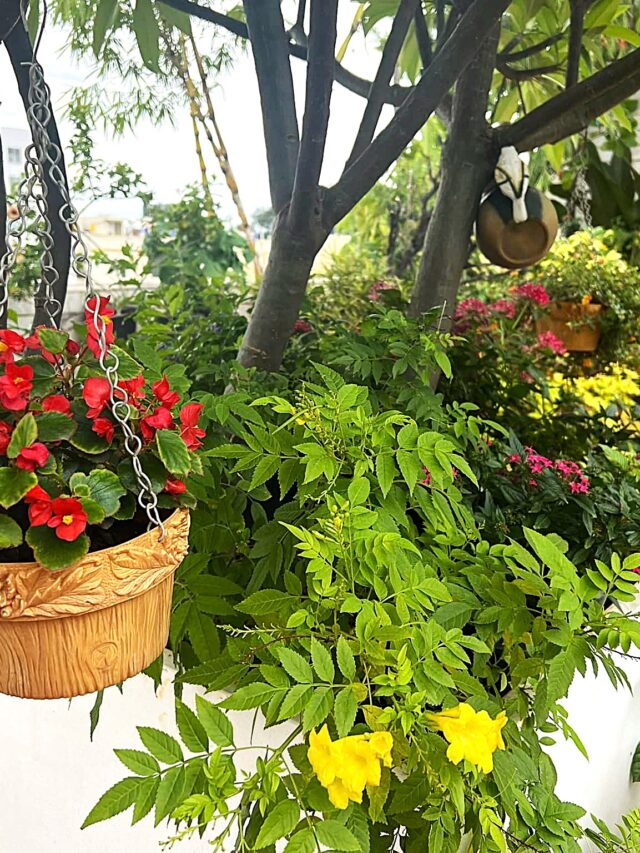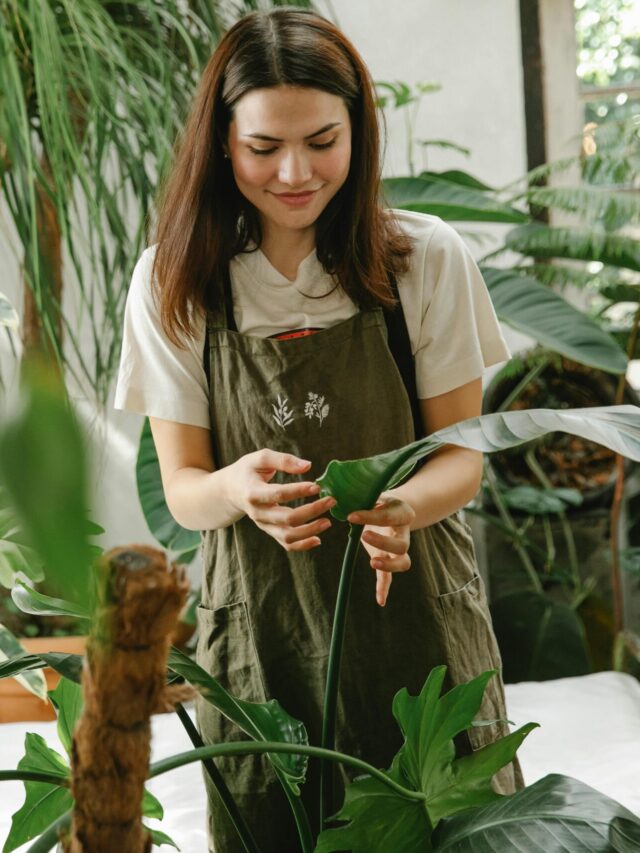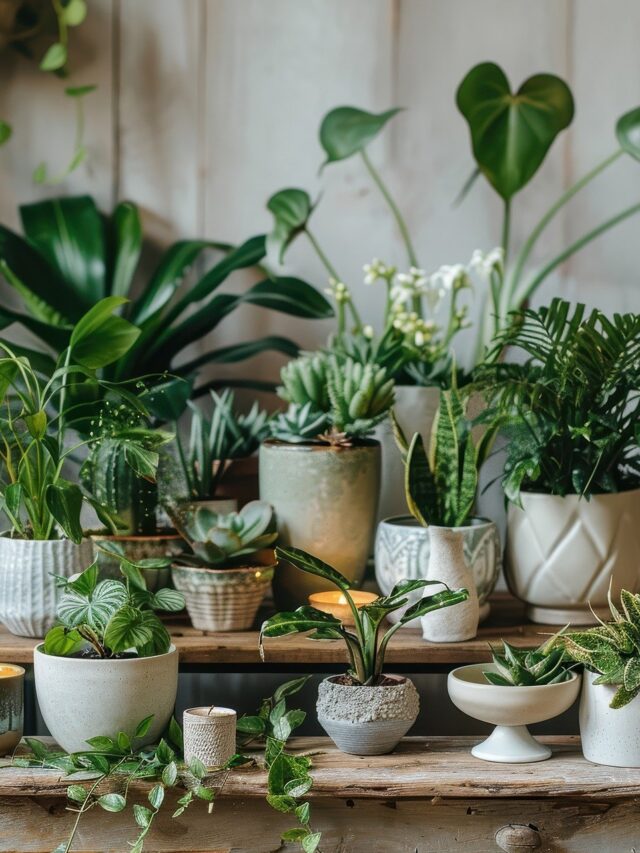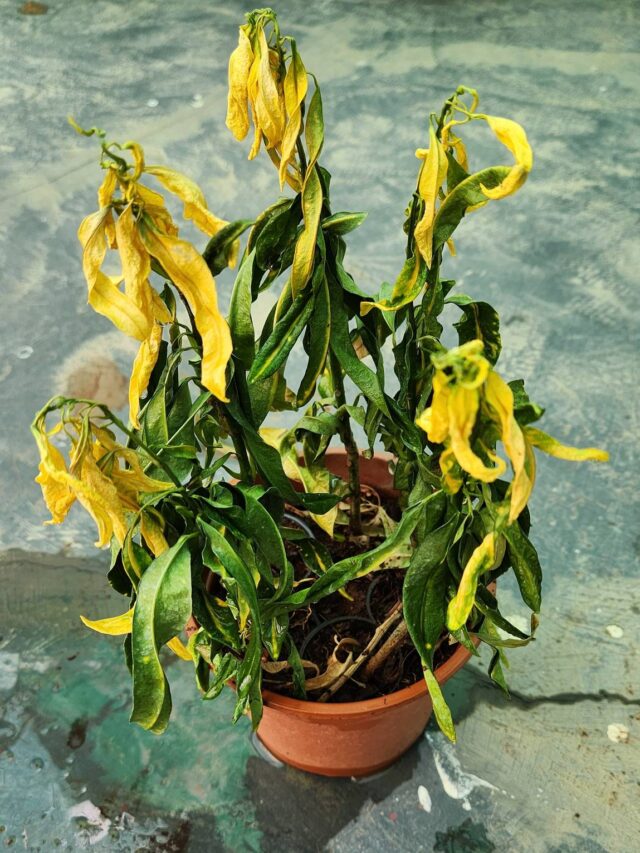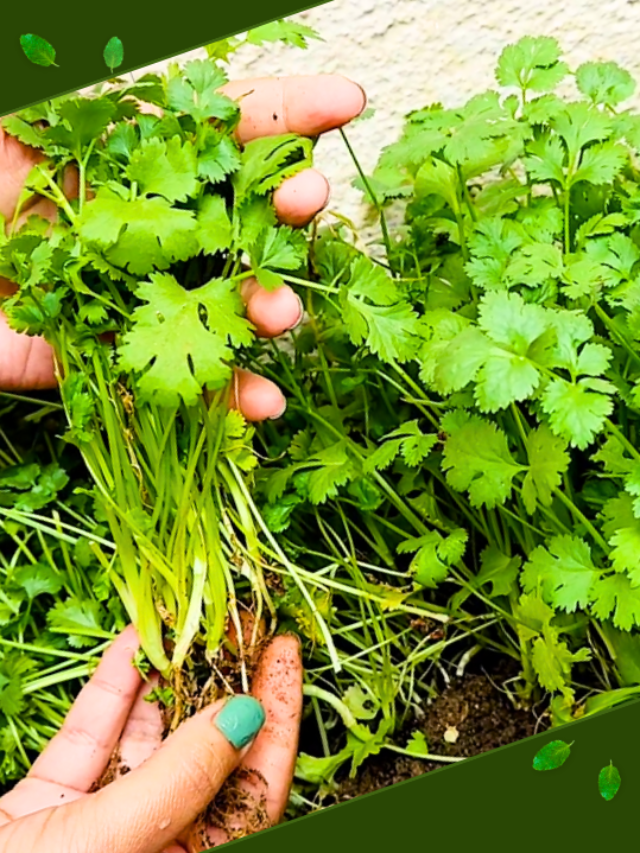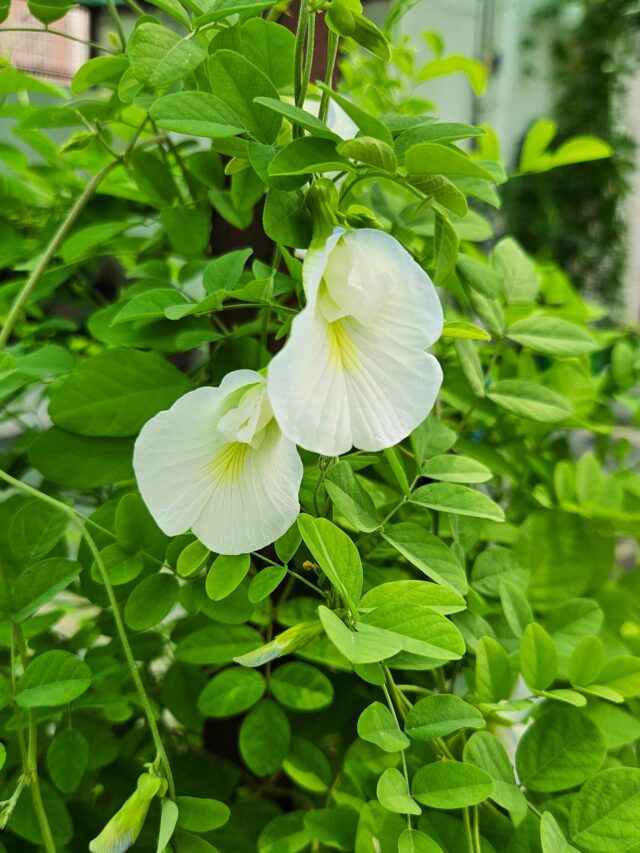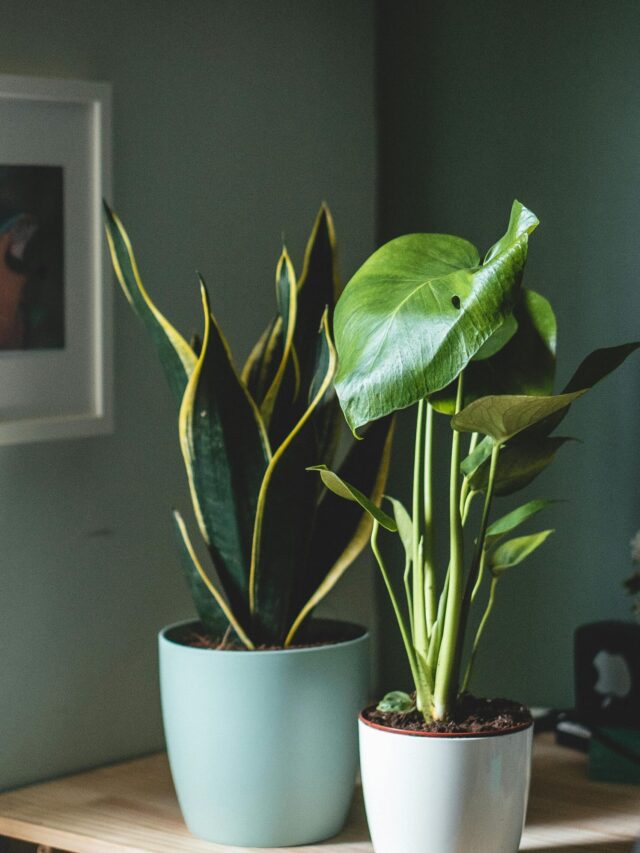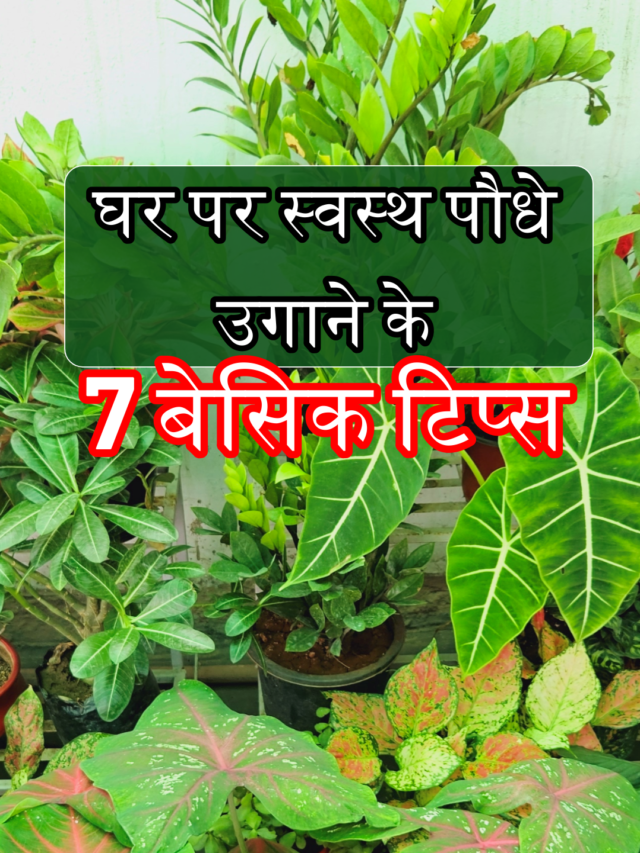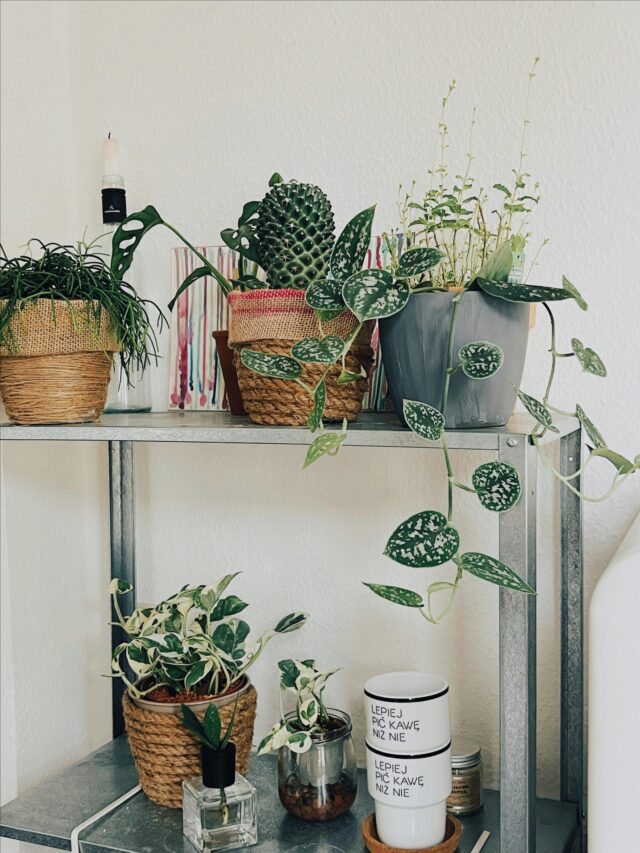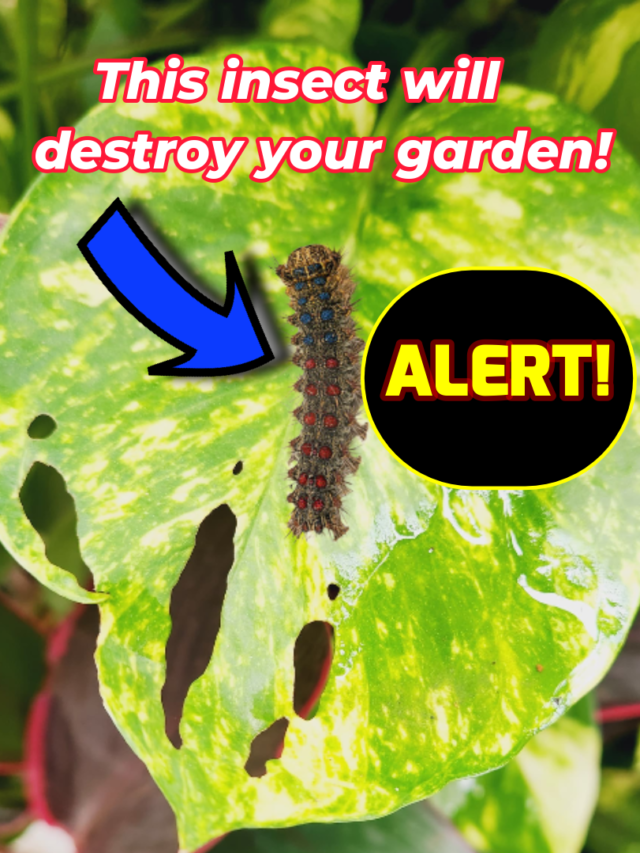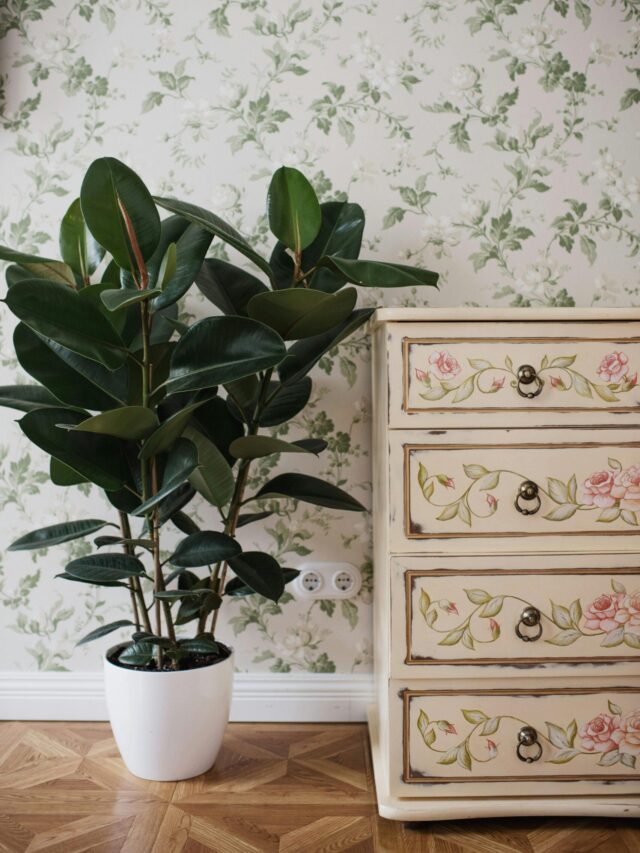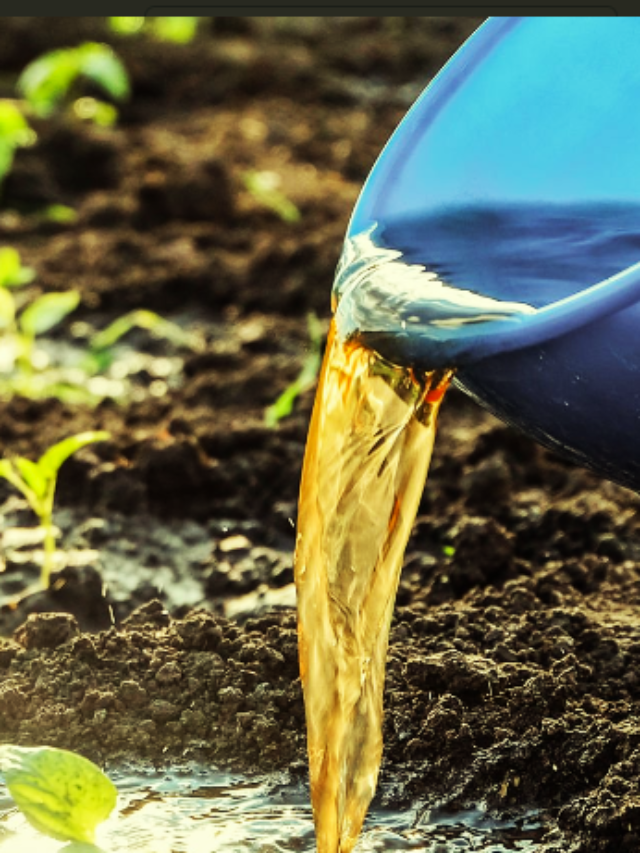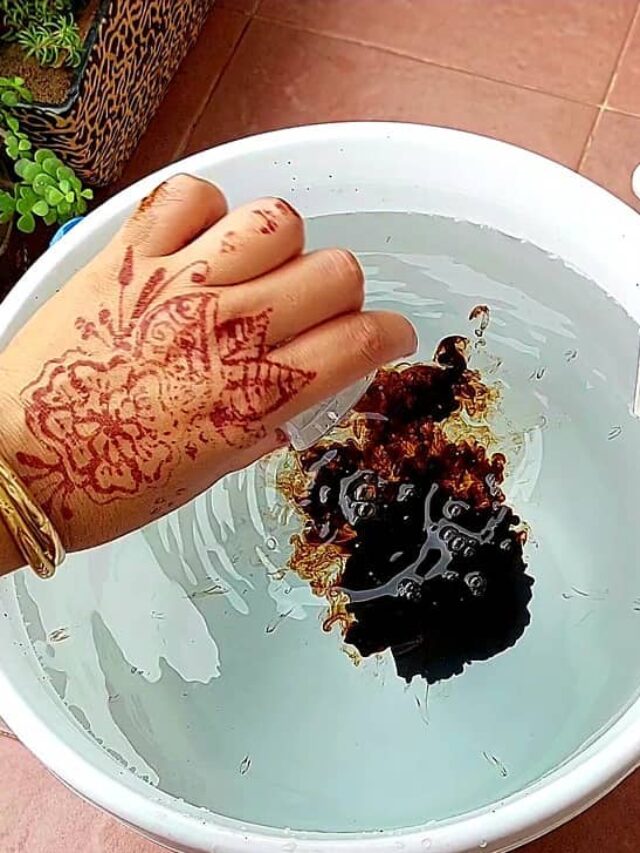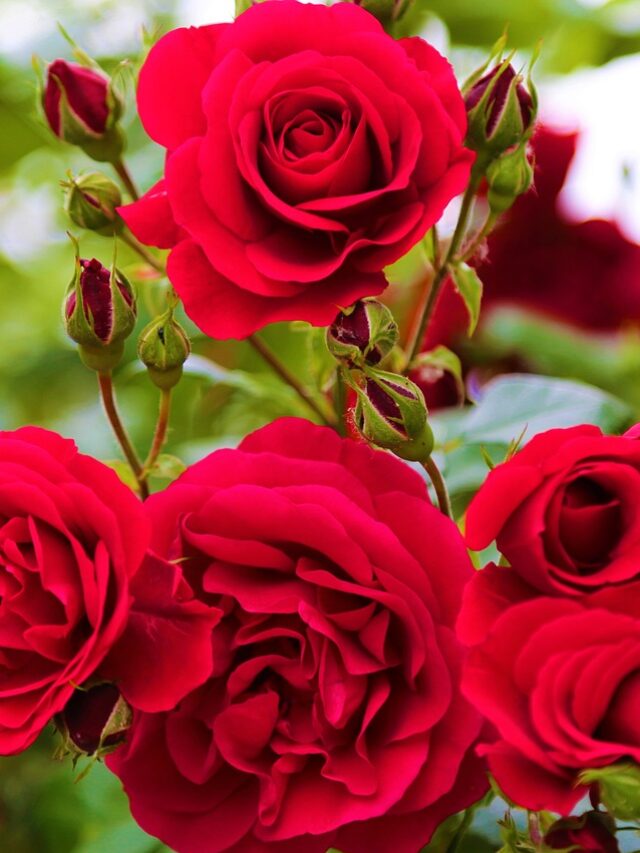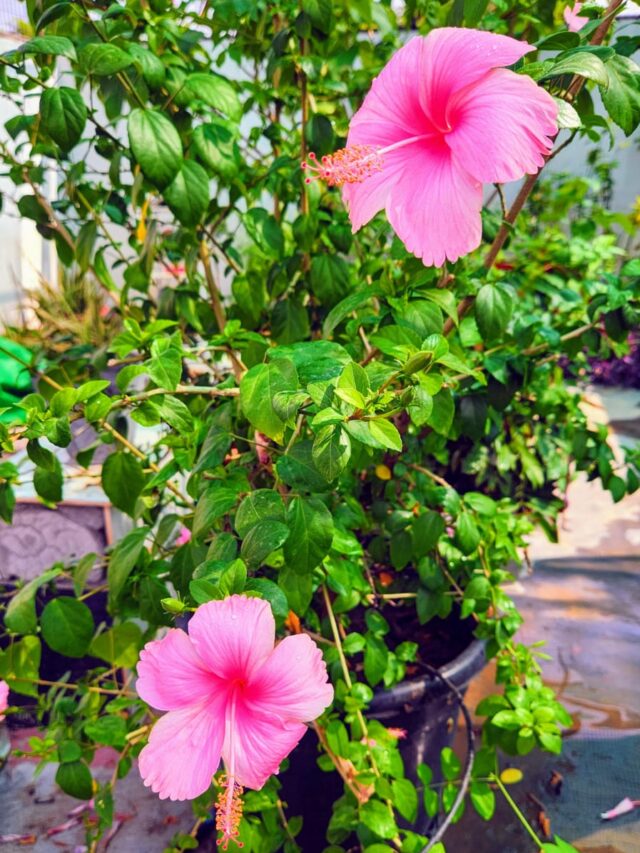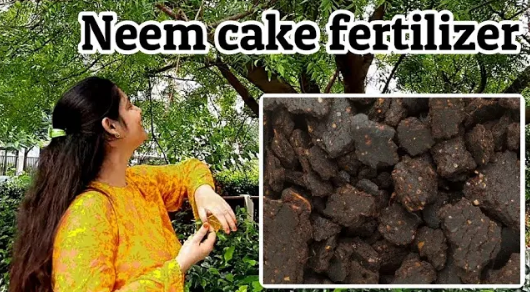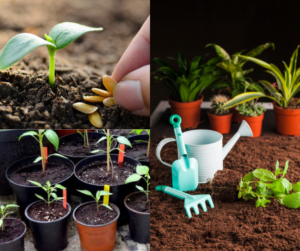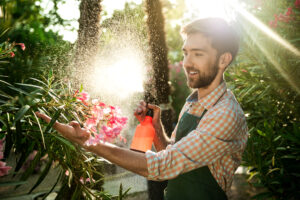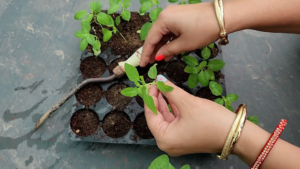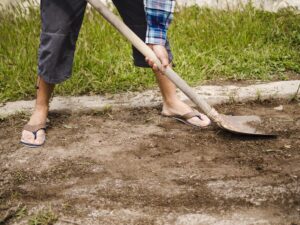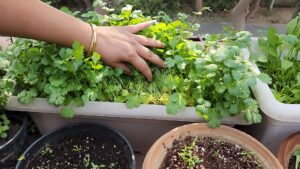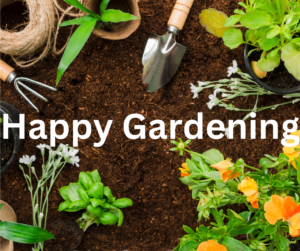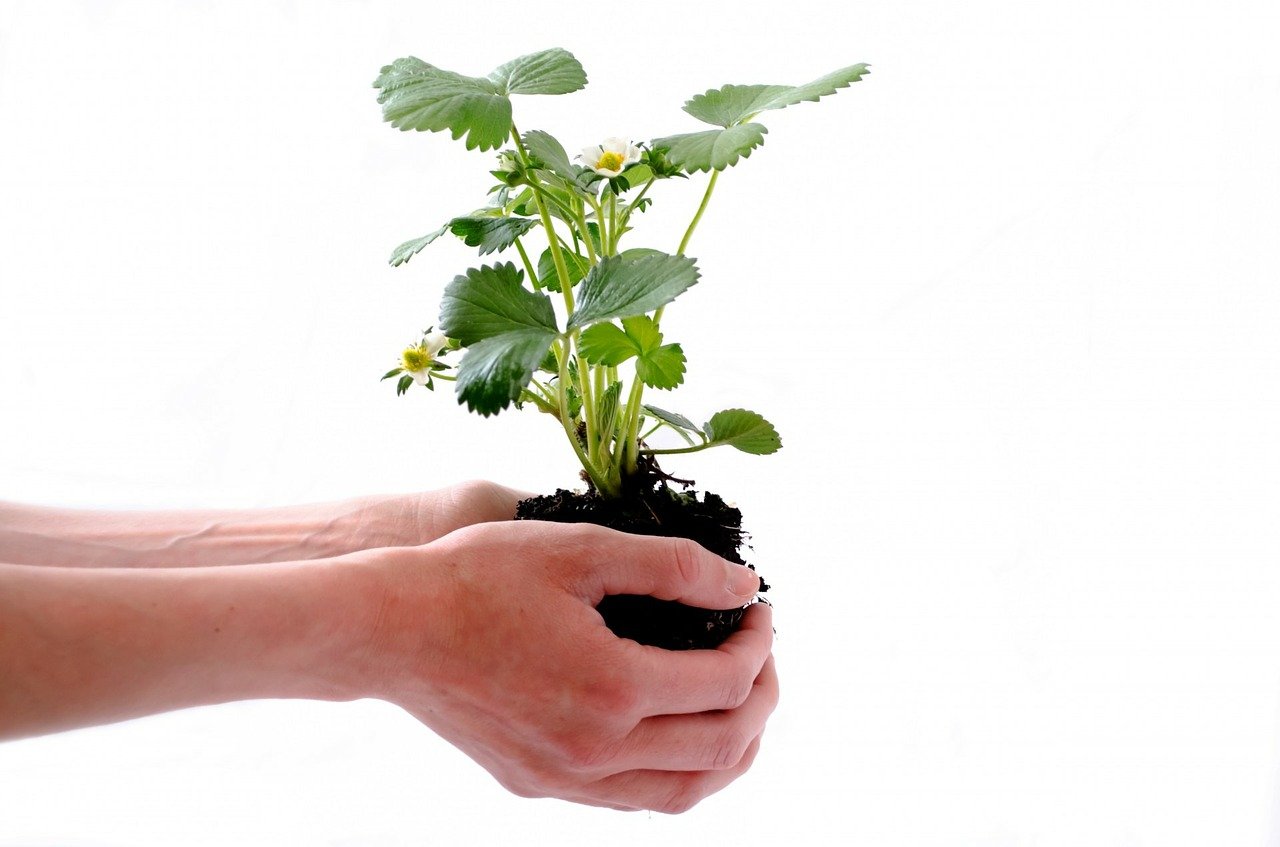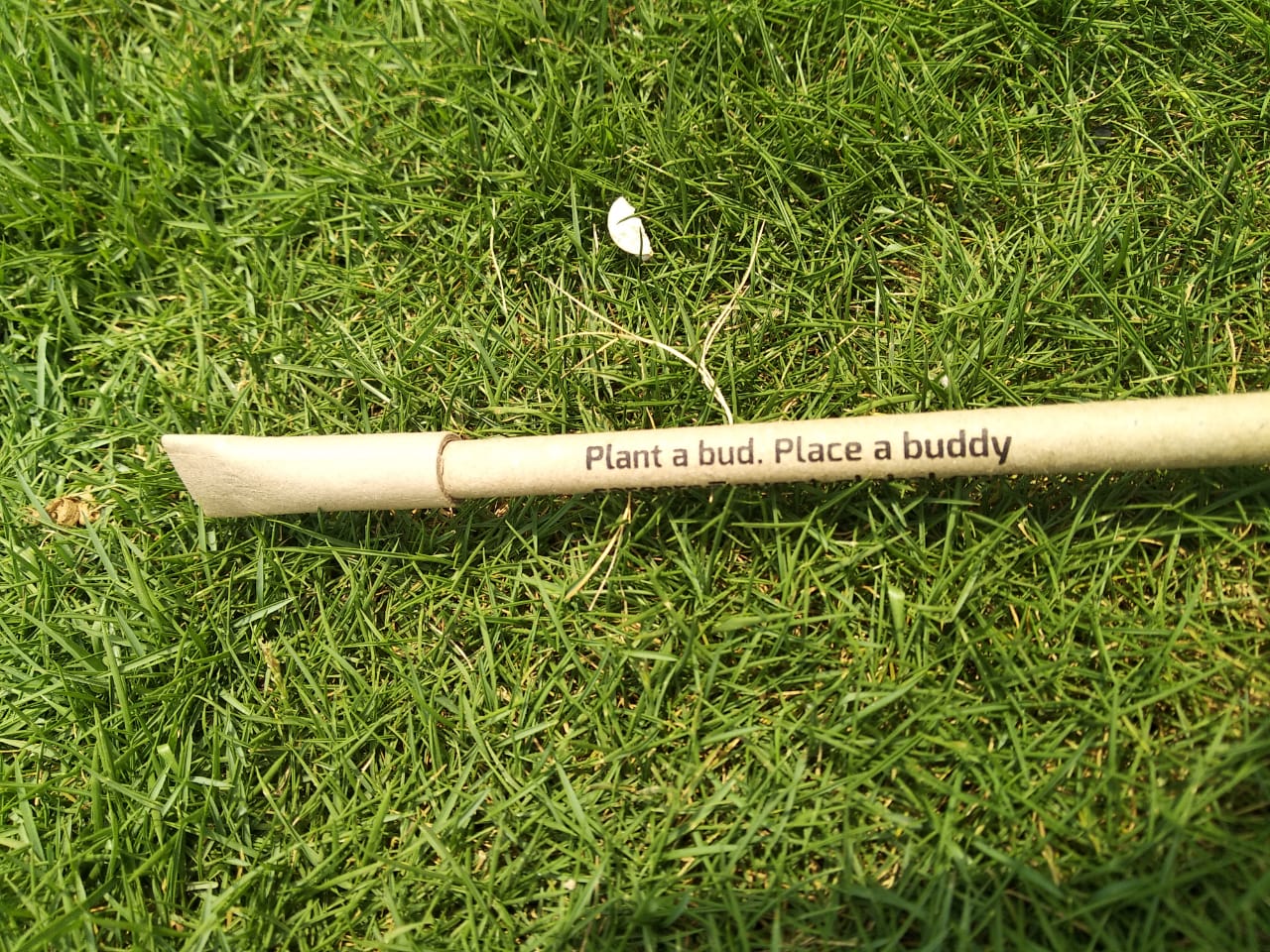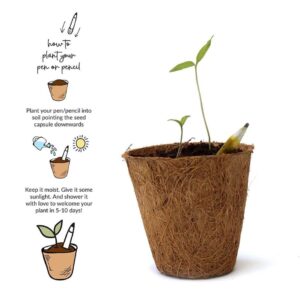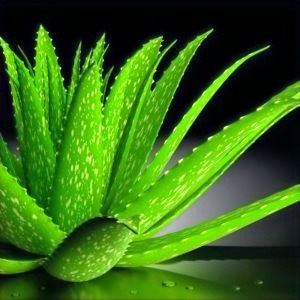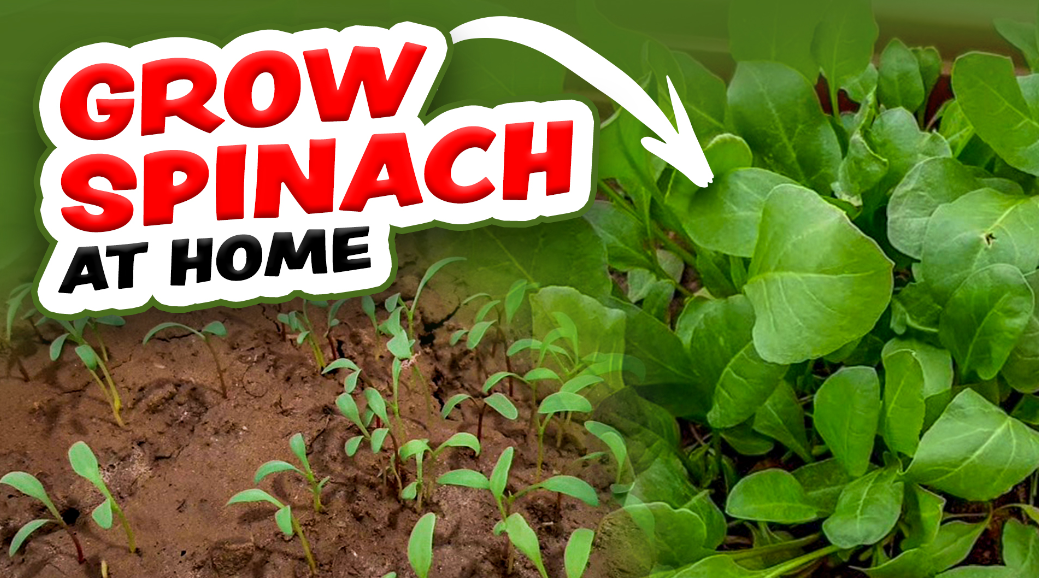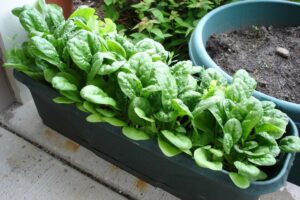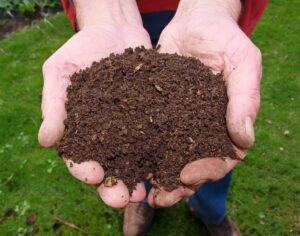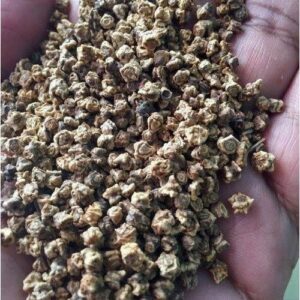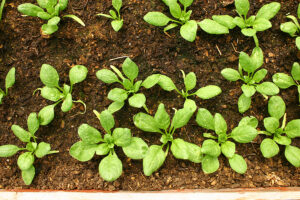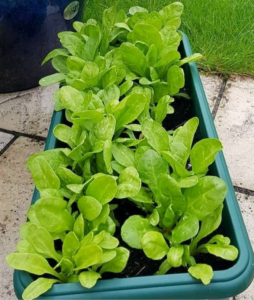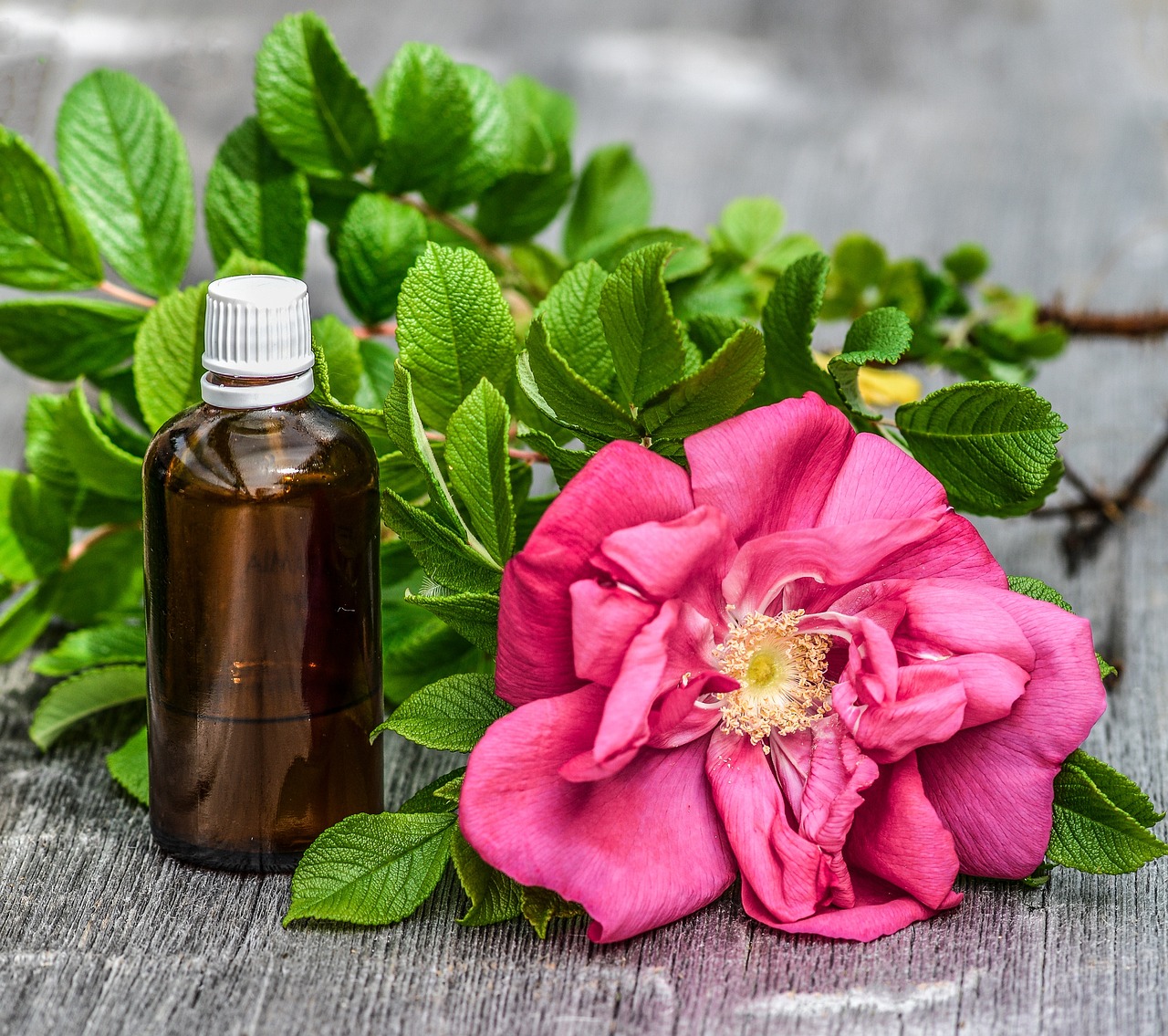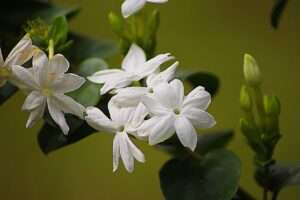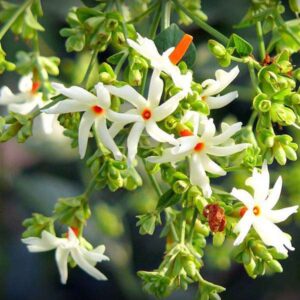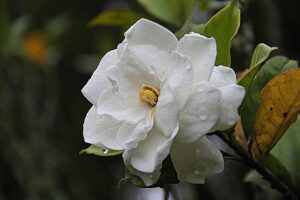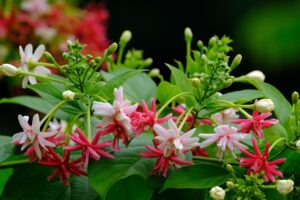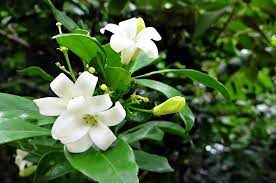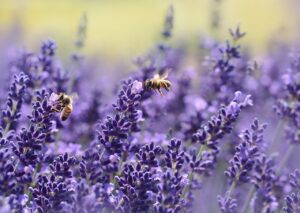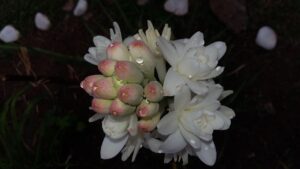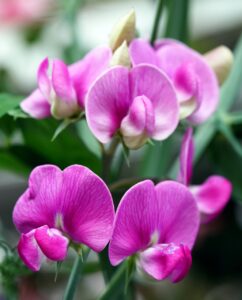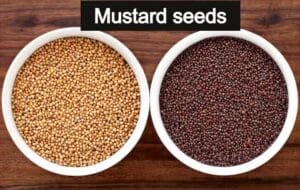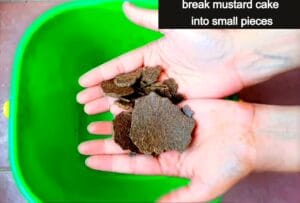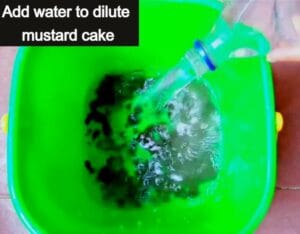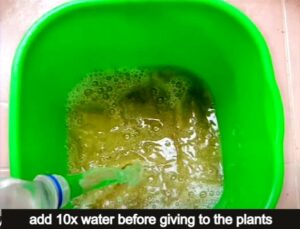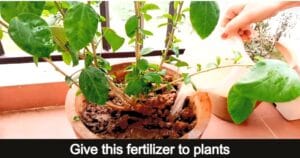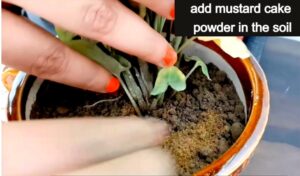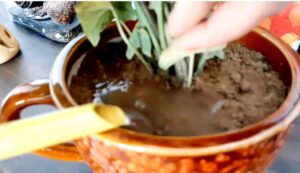Various types of fertilizers are used to increase the nutritional content of plants. It includes both organic and chemical fertilizers. But there is no doubt that organic fertilizers are better than chemical fertilizers.
In this post, we will discuss all the queries regarding neem cake fertilizers such as:
1. What is neem cake fertilizer?
2. Why Neem Cake fertilizer is necessary for gardening?
3. How to use neem cake liquid fertilizer for plants?
4. Why do we need neem cake fertilizer?
5. When to give neem cake liquid fertilizer to the plants?
6. What precautions are needed while using neem cake fertilizer?

Neem cake fertilizer act as a blessing for plants. We make this fertilizer by drying the neem seeds known as Kernels and after that grinding them into the form of powder. It has lots of benefits. Let’s discuss them one by one.

Benefits of Neem Cake Fertilizer
1. Complete Organic Fertilizer
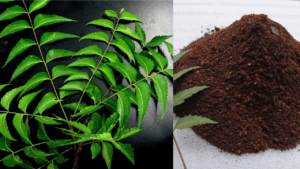
-
- Neem cake fertilizer is completely natural, pure, and the best fertilizer for plants.
- It does not have any chemicals and that is why it is very beneficial for our plants.
2. Dual behaviour (Fertilizer + Pesticide)
Neem cake fertilizer works as a fertilizer as well as a pesticide.

(i) Firstly, it gives all the nutrients which are required by the plants for their growth and works as a fertilizer.
- In fact, when we add this to the soil it improves the texture and quality of the soil.
(ii) Secondly, it works as a pesticide and fungicide also.
- It protects our plants from bacteria, disease, fungi and different harmful insects.
3. Inexpensive and easily available
-
- Neem cake fertilizer is very budget-friendly and easily available at nurseries or online also.
- Pure neem fertilizer has a mild smell, you can check whether the fertilizer is pure or not.
4. Easy to prepare and use

Neem cake fertilizer is very easy to make and use. You do not need to decompose it for 2-3 months or mix it in water for 10-12 days.
5. Can be used for every plant
-
- You can give neem cake fertilizer to all types of plants be it outdoor, indoor, flowering, or non-flowering plants.

6. Non-toxic for bees and useful insects
-
- It does not do any harm to all the useful insects like bees, butterflies, caterpillars, and earthworms.
- Some insects eat small – small harmful insects and neem cake fertilizer does not do any harm to those useful insects also.

Why Neem Cake Fertilizer?

When we add neem fertilizer to the soil, all the hidden insects and fungus get vanished from the soil. In fact, it prevents roots also from getting damaged by these organisms.

Roots absorb this fertilizer and distribute it in all the parts of the plants which makes plants strong internally. It boosts the immunity of the plant.
How to use Neem Cake Fertilizer?
You can give it to your plants by two methods as mentioned below.
1. First Method to give Neem Cake Fertilizer
(i) Mix the neem cake directly in the soil while you are preparing your soil mixture along with sand and compost.
(ii) Let’s say you are preparing a 5 kg soil mixture then you can add two handfuls of neem cake fertilizer to the soil.
(iii) Keep the quantity very less, when you mix it in the soil a very mild smell will start coming, at that point only you need to stop adding it further.

2. Second Method (neem cake liquid fertilizer)
(i) This is also called neem cake liquid fertilizer.
(ii) Here, you need to mix the neem cake fertilizer with the water and keep it for 24-48 hours to get absorbed in the water properly.
(iii) Let’s say you have 100 plants, then take 2 handfuls of fertilizer in 2-3 liters of water and keep it for 24-48 hours.
(iv) After 2 days you will see dark black-colored water, which means water has absorbed all the nutrients of the fertilizer and this is a very strong liquid.
(v) Before giving it to the plants, we need to dilute it. Mix this solution in approximately 30 liters of water.
(vi) Now, give this water to your plants like normal water but make sure the top layer of soil is dry because if the soil is wet then it would not absorb anything.
When and how to give Neem cake liquid fertilizer?
You can follow both above methods for optimal results. If you are not using any other fertilizer then you can give it to your outdoor plants once a month.
- We ought to give it to plants before every rainy season because in the rainy season insects, and fungi are very common problems.
Neem cake fertilizer will act as a prevention for all these problems of insects, bacteria, and fungus. Note:
- For indoor plants, you can give them once a year.
- Neem cake fertilizer can be given to plants in any season, be it spring, autumn, summer, winter, etc.

Neem cake fertilizer makes plants very powerful from the inside. If by chance your plants get attacked by pests and you have given this fertilizer then it will help the plant to recover again very soon.
Advantages of Neem cake fertilizer
- This fertilizer enhances soil fertility.
- By using this fertilizer we can prevent up to 80 percent of plant diseases.
- This fertilizer is an eco-friendly.
- It also acts as an insecticide.
Precaution
-
- When we use neem cake fertilizer we need to keep it a distance from our eyes and make sure does not touch our eyes with the hands having traces of this fertilizer.
Also read,
How to make Neem Pesticide at Home
Enjoy gardening!
